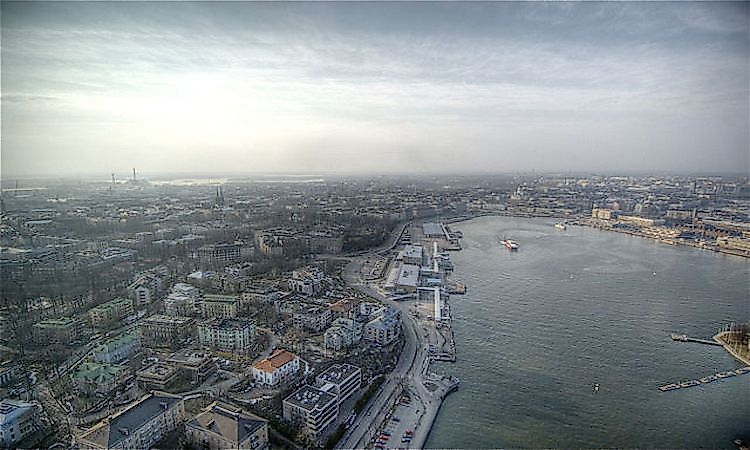The Economy Of Finland

Overview of the Economy of Finland:
The economy of Finland is a mostly free market economy that is highly industrialized and has a high dependence on trade, which accounts for about 33% of its gross domestic product (GDP). Finland is part of the European Union (EU), uses the Euro as its currency and its economic laws and regulation must meet EU standards. According to the Economic Complexity Index (ECI), Finland has the 7th most complex economy in the world. In 2014, the gross domestic product (GDP) of Finland was $272B and its GDP per capita was $40.7k.
Leading Industries in Finland:
In Finland public service jobs make up 28.5% of the labor force, followed by commerce (21.3%), industry (15.5%), finance, insurance and business (13.3%), construction (7.1%), transport and communication (9.9%) and agricultural and forestry jobs (4.4%). The leading industries in the countries include manufacturing in electronics, engineering, metals, telecommunications and wood industries. Finland also does well in the promotion of startup industries in the biotechnology, gaming, clean technology and communication technology sectors.
Top Export Goods and Partners:
In 2014 Finland exported $77.3 billion worth of goods. That makes the country the 43th largest export economy in the world. The major exports of Finland include refined petroleum ($7.6B), kaolin coated paper ($5.73B), large flat-rolled stainless steel ($3.36B), saw wood ($2.11B) and sulfate chemical woodpulp ($1.92B). The top export partners that Finland has are Germany ($9.3B), Sweden ($7.87B), Russia ($5.7B), the United States ($5.2B) and the Netherlands($4.52B).
Top Import Goods and Partners:
In 2014 Finland imported a total of $72.8 billion work of goods, making it the 42th largest importer in the world and giving the country a $4.51 billion dollar trade surplus. The major imports of Finland are crude petroleum ($8.02B), refined petroleum ($4.31B), cars ($2.73B), packaged medicaments ($1.86B) and computers ($1.58BB). The top import partners that Finland has are Germany ($10.2B), Russia ($10B), Sweden ($7.56B), China ($4.93B) and the Netherlands ($4.74B).
The Challenges and Future of Finland's Economy:
Despite having one of the best economies inside the European Union before the global financial crisis Finland was still hit hard by it as the economy slowed down and housing prices fell. Finland's banks and financial sector got through the crisis better than most countries but its economy was hit by the global slowdown on exports and domestic demand. This caused the economy to contract between 2012 and 2014, affected the debt ration of the country. Finland, like other fully industrialized nations, will have to deal with its rapidly aging population and the decreasing productivity in its traditional industries that may threaten its competitiveness.











